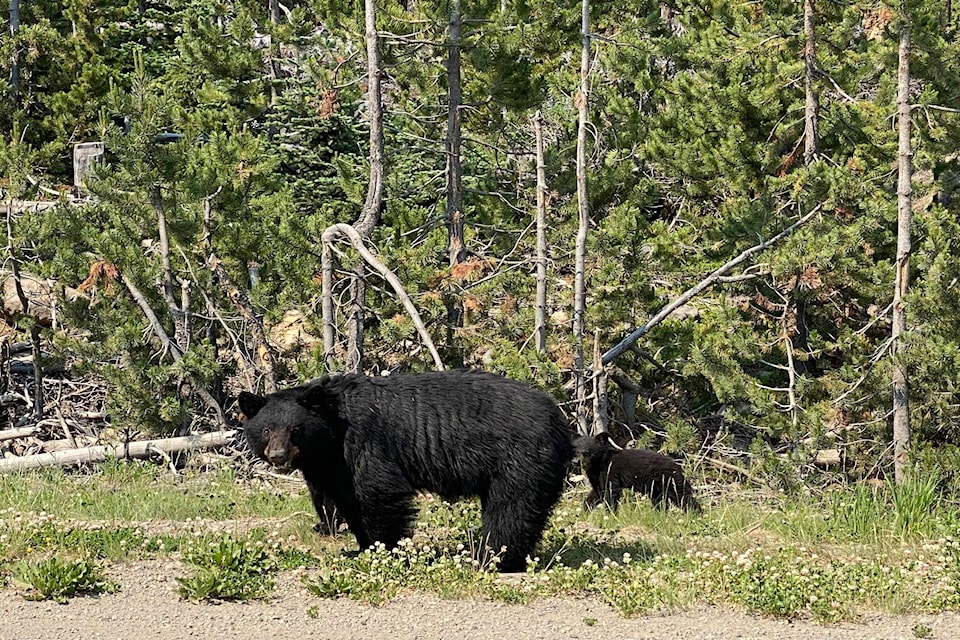Communities in northern B.C. are places where most black bears get killed says a Vancouver-based conservation non-profit.
Five northern communities accounted for nearly 20 per cent of all black bears killed in the province by conservation officers in 2021.
Prince George tops the list with 36 bears killed in 2021, followed by 100 Mile House at 22 and Quesnel at 19, said The Fur-Bearers in a July 4 statement.
The list also includes Burns Lake with 17 bears and Vernon with 16 bears killed last year. The Fur-Bearers said they obtained data from the province through a Freedom of Information request.
The reason they compiled the list is to raise awareness about the fact that too many bears are dying with not enough being done to address the issue.
“Black bears are killed by the hundreds by government agents in British Columbia, frequently for being near humans or accessing human foods that were left accessible,” said Aaron Hofman director of advocacy and policy at The Fur-Bearers.
“It is important that communities where these bears are killed with extreme frequency are identified and addressed so underlying, systemic causes for negative encounters can be ended,” said Hofman.
Meanwhile the organization is urging residents to contact their municipal representatives and request wildlife attractant by-laws be implemented, along with education and enforcement of said by-laws.
“If government agents and agencies are as distraught at the number of bears killed as they indicate in media, we certainly hope that they will use this list as an opportunity to speak to their superiors and key political figures behind making change happen,” Hofman said.
In an email statement, the Conservation Officer Service (COS) said it works to minimize human - wildlife conflict and reduce the risk to people in communities across the province.
“All of the preventative actions taken by the service are focused on keeping bears wild and ensuring attractants are properly secured,” said COS.
“Unfortunately, when people do not take precautions to properly secure attractants, it often leads to bears being put down in order to keep people safe,” COS further added.
The effective approach is education and prevention, said COS, and added, that in the ten communities which have been certified as “Bear Smart” – reports of bear conflicts have decreased by almost 20 per cent.
READ ALSO: B.C. woman rescued from coyote attack searches for Good Samaritans
